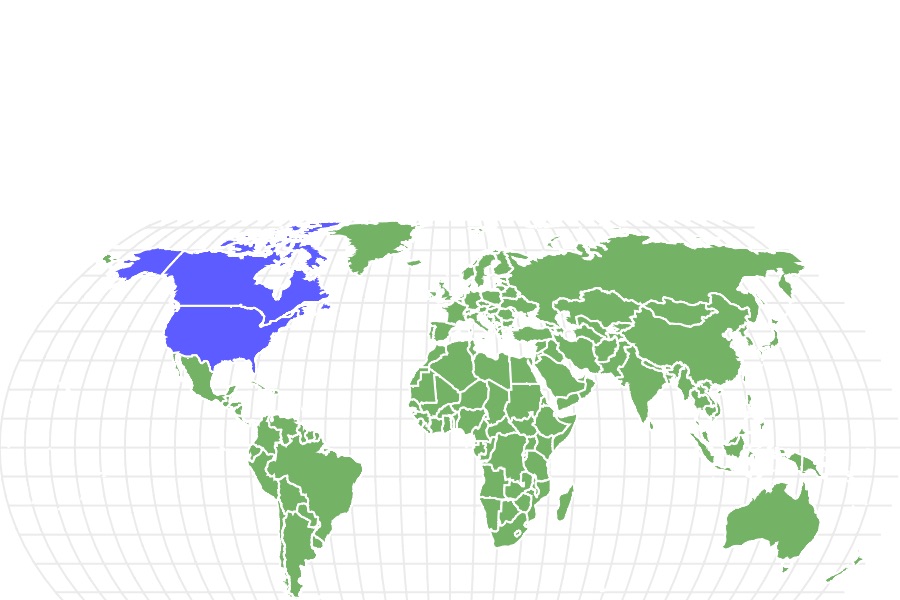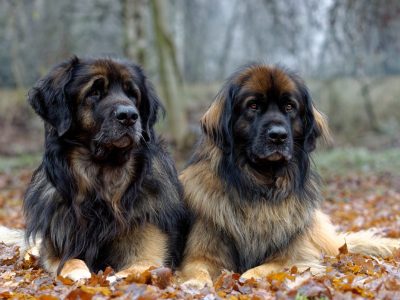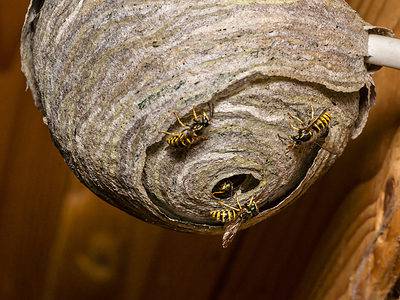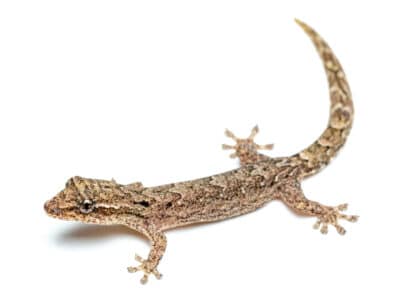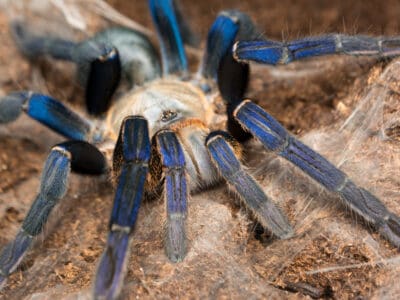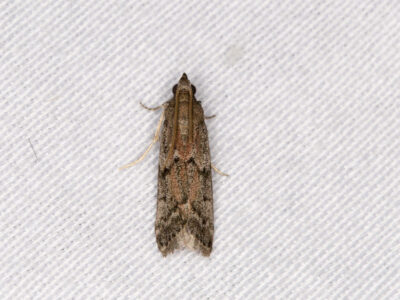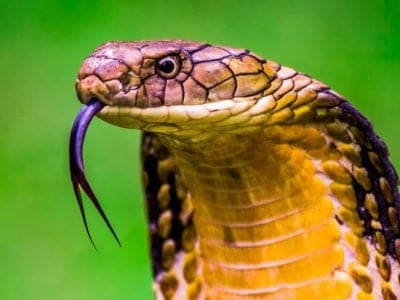Southeastern Blueberry Bee
Habropoda laboriosa
Over the years that Southeastern Blueberry bees have been monitored, their emergence has shifted 44 days, with the bees emerging much earlier than in the past.
Advertisement
Southeastern Blueberry Bee Scientific Classification
- Kingdom
- Animalia
- Phylum
- Arthropoda
- Class
- Insecta
- Order
- Hymenoptera
- Family
- Apidae
- Genus
- Habropoda
- Scientific Name
- Habropoda laboriosa
Read our Complete Guide to Classification of Animals.
Southeastern Blueberry Bee Conservation Status
Southeastern Blueberry Bee Facts
- Prey
- N/A
- Main Prey
- N/A
- Name Of Young
- larvae
- Group Behavior
- Solitary
- Fun Fact
- Over the years that Southeastern Blueberry bees have been monitored, their emergence has shifted 44 days, with the bees emerging much earlier than in the past.
- Estimated Population Size
- Undetermined
- Biggest Threat
- Habitat loss; agricultural chemicals
- Most Distinctive Feature
- Buzz pollination
- Distinctive Feature
- Affinity for blueberry blossoms
- Other Name(s)
- N/A
- Gestation Period
- N/A
- Temperament
- mild
- Wingspan
- 0.75-1 inch (19-25 mm)
- Training
- N/A
- Optimum pH Level
- N/A
- Incubation Period
- 3-7 days
- Age Of Independence
- spring emergence
- Age Of Fledgling
- spring emergence
- Average Spawn Size
- 1-28
- Litter Size
- N/A
- Habitat
- subterranean burrows near blueberry plants
- Predators
- birds, spiders, wasps, small mammals
- Diet
- Herbivore
- Average Litter Size
- N/A
- Lifestyle
- Diurnal
- Favorite Food
- Blueberry blossoms
- Type
- Habropoda laboriosa
- Common Name
- Southeastern blueberry bee
- Special Features
- buzz pollinator
- Origin
- Southeastern U.S.
- Number Of Species
- 50
- Location
- Becoming widely distributed across North America
- Slogan
- N/A
- Group
- N/A
- Nesting Location
- in loose well-drained soil near blueberry plants.
- Age of Molting
- various times throughout larval stage
Southeastern Blueberry Bee Physical Characteristics
- Color
- Yellow
- Black
- Gold
- Cream
- Orange
- Skin Type
- Exoskeleton
- Lifespan
- 3 weeks-1 year
- Weight
- less than 1 ounce
- Height
- 0.1-0.2 inches
- Length
- 0.4- 0.6 inches (13 -16 mm)
- Age of Sexual Maturity
- at emergence
- Age of Weaning
- N/A
- Venomous
- No
- Aggression
- Low
View all of the Southeastern Blueberry Bee images!
Allow me to introduce you to the one and only the Southeastern blueberry bee (Habropoda laboriosa), a bee so devoted to its work that it makes the Energizer Bunny look like a couch potato! Female blueberry bees actively forage for nectar and pollen from dawn until dusk during the peak of the blueberry flowering season. Habropoda belongs to the family, Apidae, which contains 5700 species! Harbropoda is a genus of approximately 50 species. This industrious little bee is not widely distributed but is regionally famous in the Southeastern United States. So sit back, relax, and get ready to be buzzed by the incredible story of this little pollinator.
Scientific Name
The scientific name of the Southeastern blueberry bee, Habropoda laboriosa, is Greek and Latin in origin. Habropoda comes from the Greek words habro which means graceful or elegant and poda meaning foot, in reference to the bee’s delicate legs. Laboriosa is Latin for industrious or hardworking, which reflects the bee’s important role as a pollinator of blueberry plants. Therefore the name Habropoda laboriosa roughly translates to graceful-footed hardworking bee.
Southeastern Blueberry Bee: Appearance
Habropoda laboriosa is a relatively large, solitary bee that measures approximately 0.4- 0.6 inches (13 -16 mm) in length, with wingspans of 0.75-1 inch (19-25 mm). This species is mostly black. Their predominately black abdomens are banded with slender pale-yellow stripes, and males have light-yellow setae (hairs) on the top of their abdomen and yellow faces. Both sexes have long, prominent antennae and hairy legs that they use to collect pollen.
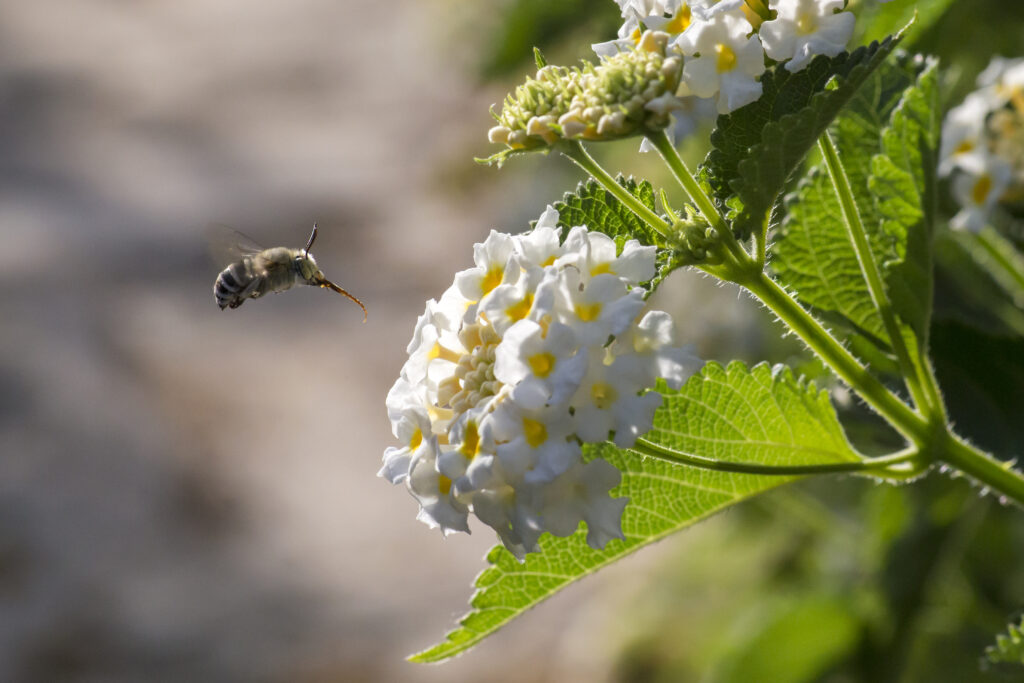
Southeastern blueberry bees have long, prominent antennae and hairy legs that they use to collect pollen.
©Erik Karits/Shutterstock.com
Behavior
Pollinating
The Southeastern blueberry bee is a solitary bee species that is active during the blueberry blooming season, typically from March to May. They are considered efficient and effective pollinators of blueberry plants, which rely on buzz pollination to release their pollen. Southeastern blueberry bees use their strong thoracic muscles to vibrate their bodies at high frequencies while holding onto a flower, which helps release the pollen. Buzz pollination is used to release the pollen from flowers that are tightly packed, such as those of blueberry plants.
To perform buzz pollination, the bee grabs onto the flower with its mandibles and vibrates its wing muscles rapidly, creating a buzzing sound and shaking the flower. This shaking causes the pollen to be released from the anthers of the flower and onto the bee’s body. The bee then collects the pollen and transfers it to another flower of the same species, allowing for cross-pollination.
Buzz pollination is an important pollination technique for certain plants, including blueberries, tomatoes, and peppers. The Southeastern blueberry bee’s ability to perform buzz pollination makes it a principal pollinator of blueberries.
Commercial Enterprises
Farmers may provide nesting materials for blueberry bees to help support their populations This practice is referred to as managed pollination. Blueberry farmers may provide wooden nesting blocks or artificial nest tubes for blueberry bees to use in place of natural nesting sites. These nesting materials can be placed in suitable locations around the farm to provide additional nesting opportunities for the bees. Farmers may also use practices such as reduced tillage and crop rotation to preserve soil quality and maintain healthy populations of soil-dwelling bees like the southeastern blueberry bee.
Nesting
The Southeastern blueberry bee builds its nests underground using a combination of mud and plant material. The female bee excavates a small tunnel in the soil, which leads to several brood cells. She then lines each brood cell with a mixture of mud and plant fibers, such as bits of leaves or grass, to create a protective cocoon for the developing larvae. After the cell is provisioned with a mixture of pollen and nectar, the female deposits a single egg in each cell and seals the cell with mud. Blueberry bees are univoltine, producing only one generation per year. Females will produce no more than a few dozen eggs in their lifetime.
The location of the nest site varies, but the Southeastern blueberry bee generally prefers areas with well-drained soil and areas with some plant cover, such as grassy or weedy patches. The bee may nest in fields, hedgerows, gardens, and backyards, as long as the soil and plant conditions are suitable. The nests are generally not visible from the surface and can be difficult to detect, as the bees carefully camouflage the entrances with soil and plant material.
Southeastern Blueberry Bee: Habitat
The Southeastern blueberry bee is principally found in the Southeastern United States but is becoming more widely distributed. Habropoda laboriosa has been spotted along the East Coast of North America from Florida, U.S. to Quebec, Canada. They have also been sighted along the Gulf Coast to Texas. And they are showing up throughout the Great Plains, with isolated sightings as far west as Utah and California. This bee species is a specialist pollinator of blueberries and chooses its habitat accordingly. The Southeastern blueberry bee can be found in wild blueberry patches, on commercial blueberry farms, and in backyard gardens. They are ground-nesters, meaning they create their nests in soil and other materials found on the ground. They typically choose areas with well-drained soil, and their nesting sites are often found in areas with little or no vegetation cover.
Diet
As their name suggests, Southeastern blueberry bees forage on blueberry flowers. These bees are specialist pollinators of blueberries and have evolved to be particularly effective at pollinating blueberry flowers. Blueberries are an important crop in the Southeastern United States, and the Southeastern blueberry bee is a crucial pollinator in commercial blueberry production.
While blueberry flowers are the primary forage of Southeastern blueberry bees, they may also visit other flowers when blueberries are not in bloom. In early spring, before blueberries bloom, Habropoda laboriosa may forage on other flowers like willow (Salicaceae) and maple (Acer). They will also feed on fruit crops, like cranberries (Vaccinium).
Southeastern Blueberry Bee: Predators and Threats
Predators
The Southeastern blueberry bee faces several natural predators throughout its life. The eggs and larvae of the bee may be targeted by parasitic wasps (Ichneumonidae), which lay their eggs inside the brood cells of the bee. The wasp larvae then consume the bee eggs or larvae, as well as the pollen and nectar stores that were intended for them. Other potential predators of the bee include birds (Aves), spiders (Aranea), and insectivorous mammals such as shrews (Soricidae) and bats (Chiroptera).
Adult Southeastern blueberry bees are also vulnerable to predation while foraging for pollen and nectar. Birds such as bluejays (Cyanocitta) and grackles (Quiscalus) are known to feed on bees, and some spiders and mantises will also prey on them. However, because the Southeastern blueberry bee is a fast and agile flyer, it is generally able to avoid many predators while in flight.
Threats
Habropoda laboriosa faces a number of threats from habitat loss to exposure to toxic agricultural chemicals. Because blueberry bees are frequently found around commercial blueberry farms, they run the risk of being exposed to all sorts of toxic chemicals from insecticides and herbicides to fertilizers. Studies are determining that exposure to agricultural chemicals is in large part responsible for the declining bee populations across the globe. Habitat loss tied to climate change and urban sprawl is another real and present threat to blueberry bees.
Conservation Status and Population
The conservation status of the Southeastern blueberry bee has not been formally assessed by any international organization such as the International Union for Conservation of Nature. While many other species of bees are declining across the globe, the Southeastern blueberry is becoming more widely distributed. However, distribution and population stability should not be conflated. Some entomologists suggest that their widening distribution is a result of a warming planet.
There is limited population data available specifically for the Southeastern blueberry bee. However, like many other native bee species, populations of Southeastern blueberry bees have likely declined due to habitat loss and pesticide exposure. However, their distribution is widening, which could be key to their survival, as the planet continues to warm.
Southeastern Blueberry Bee: Lifecycle
The lifecycle of the Southeastern blueberry bee is closely tied to the blooming period of blueberry flowers. Adult bees emerge from their cocoons in the spring, and the timing of emergence is synchronized with the bloom period of blueberry flowers. The male bees emerge first and wait near the nests for the females to emerge. Once the females emerge, they mate with the males and begin foraging on blueberry flowers for pollen and nectar.
Once mated, the females build subterranean nests with a series of individual brood cells. She will provision each cell with nectar and pollen for her larvae to consume once they have hatched. When the cells have been provisioned, she will deposit an individual egg into each cell before sealing it with mud. The larvae develop over the summer and early fall. When they are fully mature. the larvae spin the cocoon in which they will overwinter in their pupal stage, in a state of suspended animation called diapause. The following spring, when the mercury begins to rise and the blueberries begin to flower, the newly adult blueberry bees emerge from their nests to start all over again.
Fun Fact: Over the years that Southeastern Blueberry bees have been monitored, their emergence has shifted 44 days, with the bees emerging much earlier than in the past.
Southeastern Blueberry Bee FAQs (Frequently Asked Questions)
What do Southeastern blueberry bees look like?
Habropoda laboriosa is a relatively large, solitary bee that measures approximately 0.4- 0.6 inches (13 -16 mm) in length, with wingspans of 0.75-1 inch (19-25 mm). This species is mostly black. Their predominately black abdomens are banded with slender pale-yellow stripes, and males have light-yellow setae (hairs) on the top of their abdomen and yellow faces. Both sexes have long, prominent antennae and hairy legs that they use to collect pollen.
How do blueberry farmers lure blueberry bees to their crops?
Farmers may provide nesting materials for blueberry bees to help support their populations This practice is referred to as managed pollination. Blueberry farmers may provide wooden nesting blocks or artificial nest tubes for blueberry bees to use in place of natural nesting sites. These nesting materials can be placed in suitable locations around the farm to provide additional nesting opportunities for the bees. Farmers may also use practices such as reduced tillage and crop rotation to preserve soil quality and maintain healthy populations of soil-dwelling bees like the southeastern blueberry bee.
Do Southeastern blueberry bees eat anything besides blueberry flower nectar?
Yes! While blueberry flowers are the primary forage of Southeastern blueberry bees, they may also visit other flowers when blueberries are not in bloom. In early spring, before blueberries bloom, Habropoda laboriosa may forage on other flowers like willow (Salicaceae) and maple (Acer). They will also feed on fruit crops, like cranberries (Vaccinium).
Where do Southeastern blueberry bees live?
The Southeastern blueberry bee is principally found in the Southeastern United States but is becoming more widely distributed. Habropoda laboriosa has been spotted along the East Coast of North America from Florida, U.S. to Quebec, Canada. They have also been sighted along the Gulf Coast to Texas. And they are showing up throughout the Great Plains, with isolated sightings as far west as Utah and California. This bee species is a specialist pollinator of blueberries and chooses its habitat accordingly.
What does the scientific name Habropoda laboriosa mean?
The scientific name of the Southeastern blueberry bee, Habropoda laboriosa, is Greek and Latin in origin. Habropoda comes from the Greek words habro which means graceful or elegant and poda meaning foot, in reference to the bee’s delicate legs. Laboriosa is Latin for industrious or hardworking, which reflects the bee’s important role as a pollinator of blueberry plants. Therefore the name Habropoda laboriosa roughly translates to graceful-footed hardworking bee.
Thank you for reading! Have some feedback for us? Contact the AZ Animals editorial team.
Sources
- discoverlife.org, Available here: https://www.discoverlife.org/mp/20m?kind=Habropoda+laboriosa
- wiley.edu, Available here: https://nph.onlinelibrary.wiley.com/doi/full/10.1111/nph.15666
- amentsoc.org, Available here: https://www.amentsoc.org/insects/glossary/terms/mandibles/
- ncsu.org, Available here: https://entomology.ces.ncsu.edu/small-fruit-insect-biology-management/blueberry-pollinators/
- fao.org, Available here: https://www.fao.org/news/story/en/item/1194910/icode/
- icpbees.org, Available here: http://icpbees.org/wp-content/uploads/2014/05/BC-Blueberry-Pollination-Factsheet-Final.pdf
- bee culture.com, Available here: https://www.beeculture.com/bees-in-a-changing-climate/
- blogspot.com, Available here: http://gaiagarden.blogspot.com/2017/03/southeastern-blueberry-bees.html

